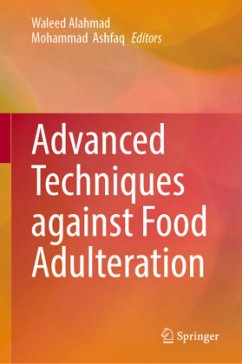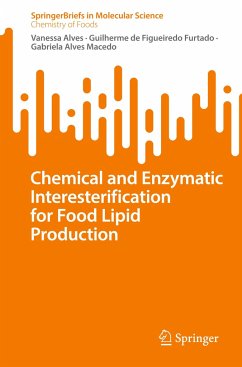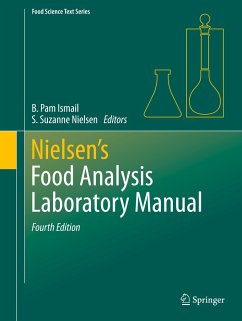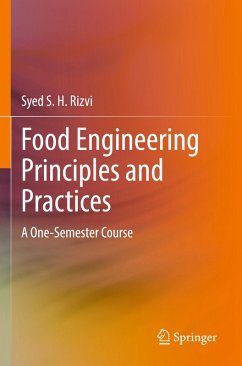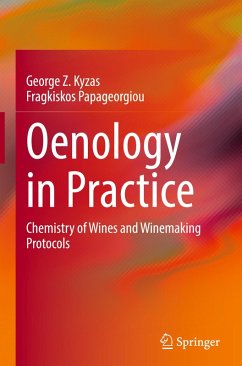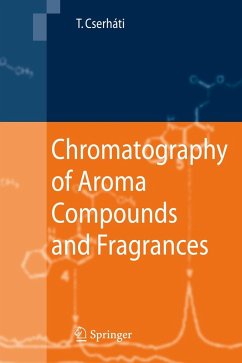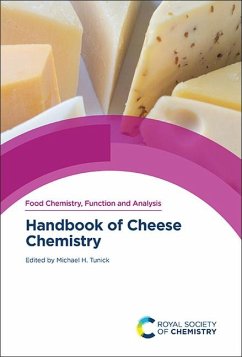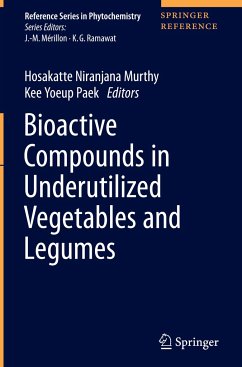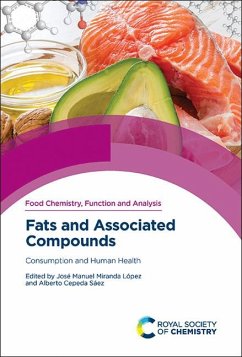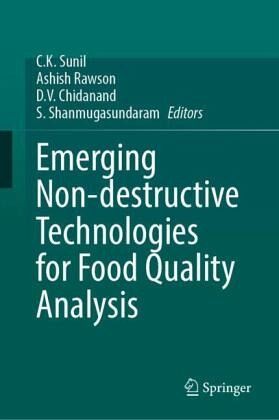
Emerging Non-destructive Technologies for Food Quality Analysis

PAYBACK Punkte
69 °P sammeln!
Non-destructive quality analysis refers to a method of food testing that is designed explicitly to eliminate the potential of damage to the food quality. There are various techniques by which this approach may be applied, all of which are being used recently for quality analysis, which provides important information on food characteristics such as texture, structure, and mechanical, physical and chemical properties. Conventional methods of quality analysis are time consuming, expensive and invasive in nature, particularly for long-duration analysis. Non-destructive methods have thus become hig...
Non-destructive quality analysis refers to a method of food testing that is designed explicitly to eliminate the potential of damage to the food quality. There are various techniques by which this approach may be applied, all of which are being used recently for quality analysis, which provides important information on food characteristics such as texture, structure, and mechanical, physical and chemical properties. Conventional methods of quality analysis are time consuming, expensive and invasive in nature, particularly for long-duration analysis. Non-destructive methods have thus become highly appealing for their potential to reduce cost and waste and to shorten processing times. These approaches not only preserve the integrity of the product but also expedite the analysis process.
The most common non-destructive methods used include machine vision, Spectroscopy, E-nose/tongue, Ultrasonics, and hyperspectral imaging, among others. While these methods have been in practice for some time, the technological advancements of the last decade have improved the precision and reliability of these tools, making them more popular.
An overview of the dominant non-destructive methods, including the more novel technologies such as biosensors and terahertz application, have not until now been comprehensively covered in the form of a research volume. Emerging Non-destructive Technologies for Food Quality Analysis brings together detailed information on all these most current advances in technology and elucidates their application in food processing. Covering theory, principle, recent advances and practical applications in food analysis, this book will be an invaluable reference for students, researchers, food trainers and industry personnel.
The most common non-destructive methods used include machine vision, Spectroscopy, E-nose/tongue, Ultrasonics, and hyperspectral imaging, among others. While these methods have been in practice for some time, the technological advancements of the last decade have improved the precision and reliability of these tools, making them more popular.
An overview of the dominant non-destructive methods, including the more novel technologies such as biosensors and terahertz application, have not until now been comprehensively covered in the form of a research volume. Emerging Non-destructive Technologies for Food Quality Analysis brings together detailed information on all these most current advances in technology and elucidates their application in food processing. Covering theory, principle, recent advances and practical applications in food analysis, this book will be an invaluable reference for students, researchers, food trainers and industry personnel.



